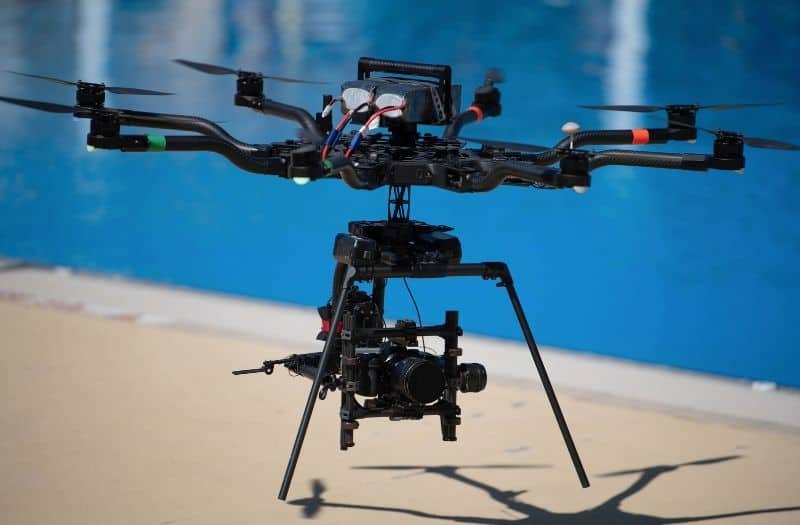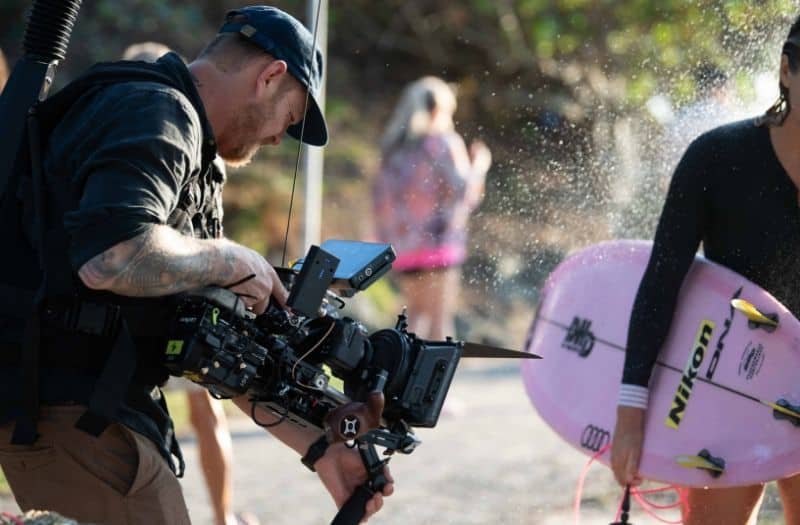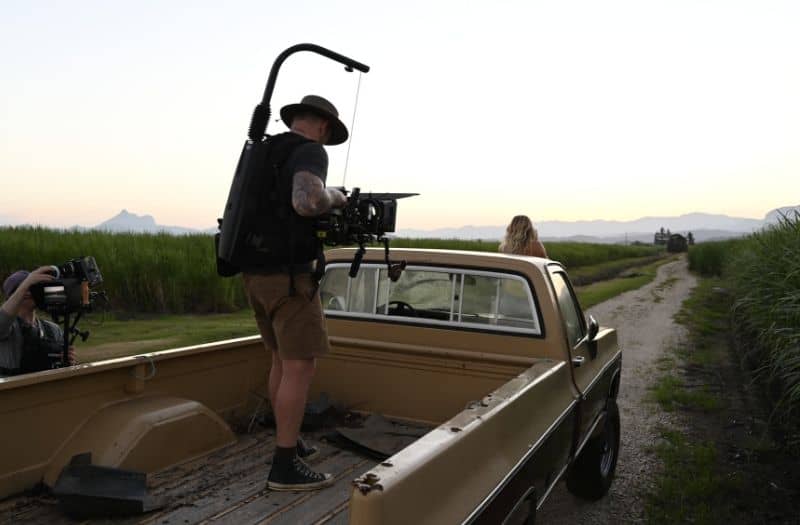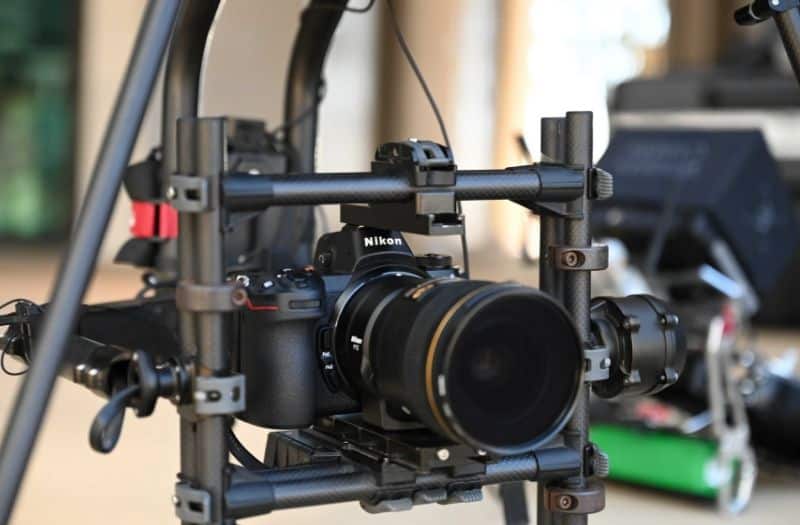Nikon Australia’s ‘Freedom to Achieve’ features Brand Ambassador and seven-time World Surfing Champion, Stephanie Gilmore.
Filmed exclusively using the Nikon Z 6, NIKKOR lenses and FTZ Adaptor, the behind the scenes series gives an insight into how Sydney film company, Goodoil challenged the Z 6 in a variety of environments. The camera was pushed to its limits by being connected to an ATOMOS and commercial rig for on land shots, being placed into an underwater housing and by attaching the camera to a commercial drone to achieve aerial shots in water.
Justin McMillan, Director, and Stefan Jose, Cinematographer, at Goodoil shared their thoughts on what it was like to produce a cinematic style content piece using the Nikon Z 6.
For the scenes of Stephanie surfing in the water and training in the pool, they used the Sea and Sea Under Water Housing for the Nikon Z 6 and Z 7, and it did the job perfectly.

- As someone who usually captures video on larger, traditional video cameras, how did you both find filming with the Nikon Z 6?
We had two days to learn this camera and what it was capable of and we were surprised how easily we managed to get around its functionality. We wanted to push the system to its absolute limits and see what we could get out of it.
- How did you find Z 6 performed in low light?
This was the most surprising thing for all of us. We did some tests the day before and found ourselves trying to introduce noise instead of avoiding it. The mirrorless world has come leaps and bounds in low light capability and the Nikon Z 6 is no exception. We deliberately introduced a lot of low light scenes in the video to see how it would handle them, and as you can see there were no noise issues.
- The FTZ Adapter means you can use most NIKKOR lenses, which lenses did you opt for?
As far as lenses go there was a decent range of fast lenses to choose from. We opted for using fast prime only and shot wide open on most occasions, choosing the 28mm to 35mm focal length we were able to keep that natural human eye perspective.
The footage straight out of camera was really sharp, so much so we had to soften the image in camera to go for the effect we were after.

- What would be your favourite stand out feature?
The low light capability was the stand out, closely followed by the in-body image stabilisation which was great for handheld work.
- This was the first video project you’ve shot on the Nikon Z 6, how would you describe the cameras usability?
It only took us around an hour to get our heads around the whole system and for the muscle memory to switch on.

- Did the camera perform well against your expectations?
It exceeded our expectations quite a bit. Again, particularly in the low light area. With a bit of finessing you can get a nice image from the Nikon Z 6. Utilise the Log capabilities, an external recorder, a bit of de-sharpening in camera and some filtration we were able to create a great look throughout the entire video.
- Workflow is hugely important when shooting video, as someone new to the Z Series System how did you find the video workflow?
Simple and easy to use. The fast XQD cards are a blessing and we experienced no overheating issues which occur in some mirrorless systems.
- With a lot of different scenes including aerial and underwater footage, were you able to capture the entire video with the Z 6?
Every shot in the entire video was captured using the Nikon Z 6. On land, in the water and in the air.

For the shots on land, we created a ‘cinema’ style rig around the Z 6. However, this did not affect the image. Everything we did with the image on the Nikon Z 6 it is fully capable of for anyone. We built the rig out of a bunch of spare parts we had laying around so that we could power the Atomos with a V-Lock through D-Tap.
We were able to add a top handle for lower shots and the rig gave us the opportunity to add a matte box for ND and other filters. We were also able to add a remote follow focus system for the first A.C to pull focus. This is the way we are used to working so it just made sense for us. We tested the auto focus in low light and it was great, we just prefer more control over focus ourselves and can’t let good auto focus put an A.C out of a job.
As for the aerial shots, we mounted the camera to a Freefly System ALTA. Spoilt yes, but why not?!





